New crypto Isins seen as ‘really important’ step for TradFi adoption
New crypto Isins seen as ‘really important’ step for TradFi adoption
Execs at TP ICAP and Societe Generale say the identifier removes a major barrier for crypto acceptance.
As disgraced crypto mogul Sam Bankman-Fried took the stand on Friday, something far more subtle—but arguably more important in the long run—was taking place in the world of financial data. In the latest sign that traditional finance may be reaching an accord with digital assets, the Association of National Numbering Agencies(ANNA)—the issuer of International Securities Identification Numbers—and the Digital Token Identifier Foundation (DTIF) have announced the phased introduction of new Isins for identifying crypto assets identifying crypto assets.
According to sources, it’s a big deal.
The new Isins will be based on the digital token identifier, launched in 2021 to establish whether a digital token exists and where it lives on the blockchain. The new identifiers map to the crypto asset’s DTIs, which are not financial instruments themselves. The Isin provides the asset’s economic reference data, while the DTI identifies the token on a distributed ledger. In parallel, the Isins already assigned for financial instruments have been given a DTI if they have been tokenized on a ledger.
Sources say the introduction of identifiers is a crucial step toward bringing traditional financial players into the digital asset market. “Every year, people said, ‘Next year is going to be the crypto takeover.’ It feels like now, we are at that place where it is happening. And I think what’s driving it is the standards and the regulation—that’s what was missing,” says Denis Dounaev, DTI product owner at Etrading Software, of which DTIF is a non-profit division.
Because the Isin is already ubiquitous, the new Isins eliminate the need to design reporting workflows specifically for crypto, Simon Forster, global co-head of digital assets at TP ICAP, tells WatersTechnology. “[Isins] are the foundation for more traditional asset classes.”
Forster says the new Isins will help TP ICAP scale the processing of over-the-counter (OTC) crypto derivatives in the UK. “We would put those transactions through probably our [organized trading facility], but fundamentally on one of our regulated venues, and in order to satisfy our regulatory reporting, we need to have ANNA Isins,” he says. “This is one barrier that’s removed for us in terms of entering that space.”
Forster believes that for those in traditional finance, applying the existing identifiers and classification mechanisms to crypto assets will allow them to process transactions within a more traditional framework, rather than develop a workflow bespoke and specific to crypto.
Stéphane Blemus, secretary general at Societe Generale’s digital assets subsidiary, Forge, was involved in ANNA working groups for the new identifier. Forge issued the first ever covered bond on a public blockchain in 2019 and has advocated for interoperability between the taxonomies underpinning traditional capital markets and distributed ledger technologies ever since. Blemus believes that standardized reference data is the key to scaling up blockchain-based projects beyond the initial proof-of-concept. Forge has since been in conversation with industry bodies governing a range of crucial taxonomies, including ANNA and the International Capital Markets Association (Icma).
“It is impossible at this stage to envision a much more mature use of this technology by regulated entities without first having a comprehensive discussion between traditional companies and this new, innovative environment,” Blemus tells WatersTechnology. “We already have the Isin code, so the ISIN can and should be a key element in defining an identifier related to securities that are issued on DLT.”
ANNA and DTIF were cognizant of this when developing the identification scheme. The majority of firms’ infrastructures are already built leveraging Isin as an identifier for reporting, so the ability to use Isin consistently for on-chain and off-chain assets means less work changing existing infrastructures, says Stephan Dreyer, managing director of ANNA. The new Isins will have an XT prefix based on their DTI.
Forster says that over the last two to five years, those in the digital assets space have had to spend a lot of time bringing their firms and clients up to speed on what crypto is and how it works. Now, as organizations are grasping the concept—and staying power—of crypto, they are thinking more about what they need to do to support clients or to support the broader industry by incorporating something like instrument identifiers, he says.
For Forster, the move to create identifiers—what he calls the “plumbing” and “pipes” for financial markets—is a notable step in that journey. And it serves as a reminder that all the things that industry practitioners take for granted in traditional markets—reams of reference data, low-latency market data, even ubiquitous trading terminals—were once considered new and innovative, and only through time, caution, and debate were any of them ever widely trusted and adopted.
But the controversy and skepticism that plagues crypto isn’t gone, and there remains a large knowledge gap in traditional finance.
“I don’t think a lot of people realize that things like BTC or ETH or any of these ticker codes that the crypto industry has come up with are not unique. You can create your own token tomorrow called BTC. That doesn’t mean it’s Bitcoin. So having that unique identification is a first step, and it’s really important for the industry,” says DTIF’s Dounaev, whose background in traditional finance included 15 years at Citi.
The new Isins are not the only sign that traditional finance and DLT are coming together. Societe Generale is also among a group of financial institutions behind the Compliant Architecture for Security Tokens framework (CAST), which aims to bring the entire securities lifecycle onto the blockchain—including issuance, purchase, delivery, processing, and secondary markets. To achieve their goal, it would mean financial institutions agreeing on a common set of operating models and IT tools, which Blemus describes as a “middle road” between traditional financial markets and digital markets. But even then, discrepancies in regional regulations and market structures risk standing in the way.
“The current work fostered by Icma or ANNA is fascinating because you clearly had some regional interpretations about the way to design digital assets identifiers that were really dependent on the way their own native markets worked and the boxes that existed for defining regulated assets,” Blemus says. “It’s definitely key work that has been done by Icma, ANNA, and others to design shared taxonomies that could be used by various kinds of actors worldwide. The CAST initiative takes its roots in these already-existing standardization projects.”
In January, the International Swaps and Derivatives Association, or Isda, added standard definitions for digital asset derivatives standard definitions for digital asset derivatives to its Isda Master Agreement. Forster says that this, like the new identifiers, is an important indication of how crypto assets are beginning to benefit from frameworks that were already in place for older assets.
Just last week, BlackRock CEO Larry Fink said in an interview on Fox Business that the asset manager was “hearing from clients around the world about the need for crypto.” Perhaps showing why greater trust is needed in the crypto space, the interview came on the heels of an erroneous report by Cointelegraph stating that the US Securities and Exchange Commission had approved the asset manager’s proposed spot Bitcoin exchange-traded fund (ETF), which sent the price of Bitcoin soaring 10% before dropping back down to $28,000. (Subsequent rumours have helped boost the price back up.)
While Bankman-Fried steals headlines, progress is being made in his former neck of the woods as regulators, technology firms, trading shops, and standards bodies come together to accept and advance this nascent market. This is a big moment for the industry, Blemus says, but advocates for easier integration between digital and traditional assets cannot rest on their laurels.
“I think it’s really a matter of finding what could be the most useful identifiers for the assets. Now we have DTI, Figi, Isin, potentially UPI. It really has to be discussed with the regulators, and maybe the regulators will push forward their own preference. But the private sector will also have a say, and we need to really aggregate these views within Cast, Icma, ANNA and other initiatives to agree what could be the relevant identifiers.”
Read the full article here










